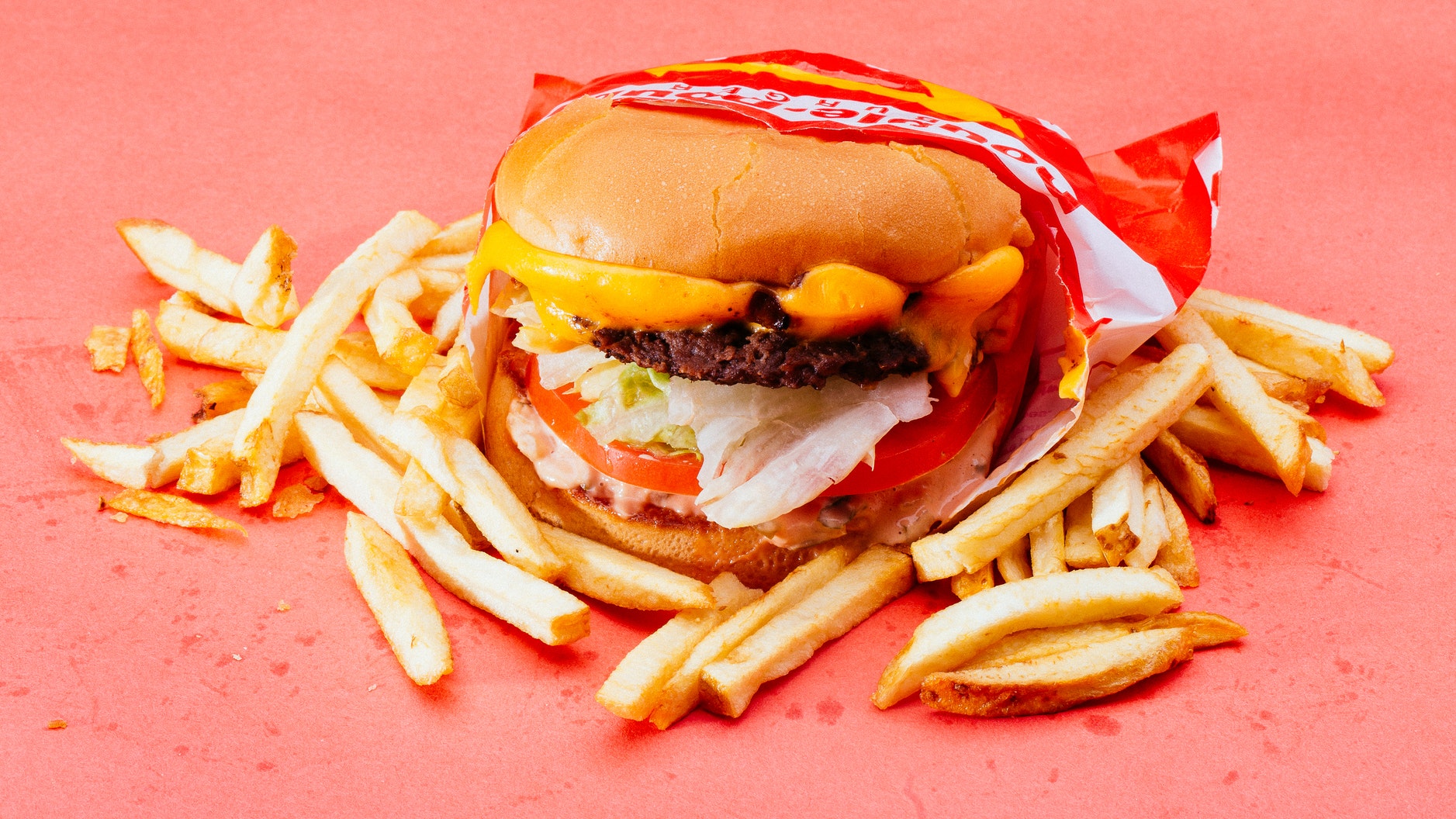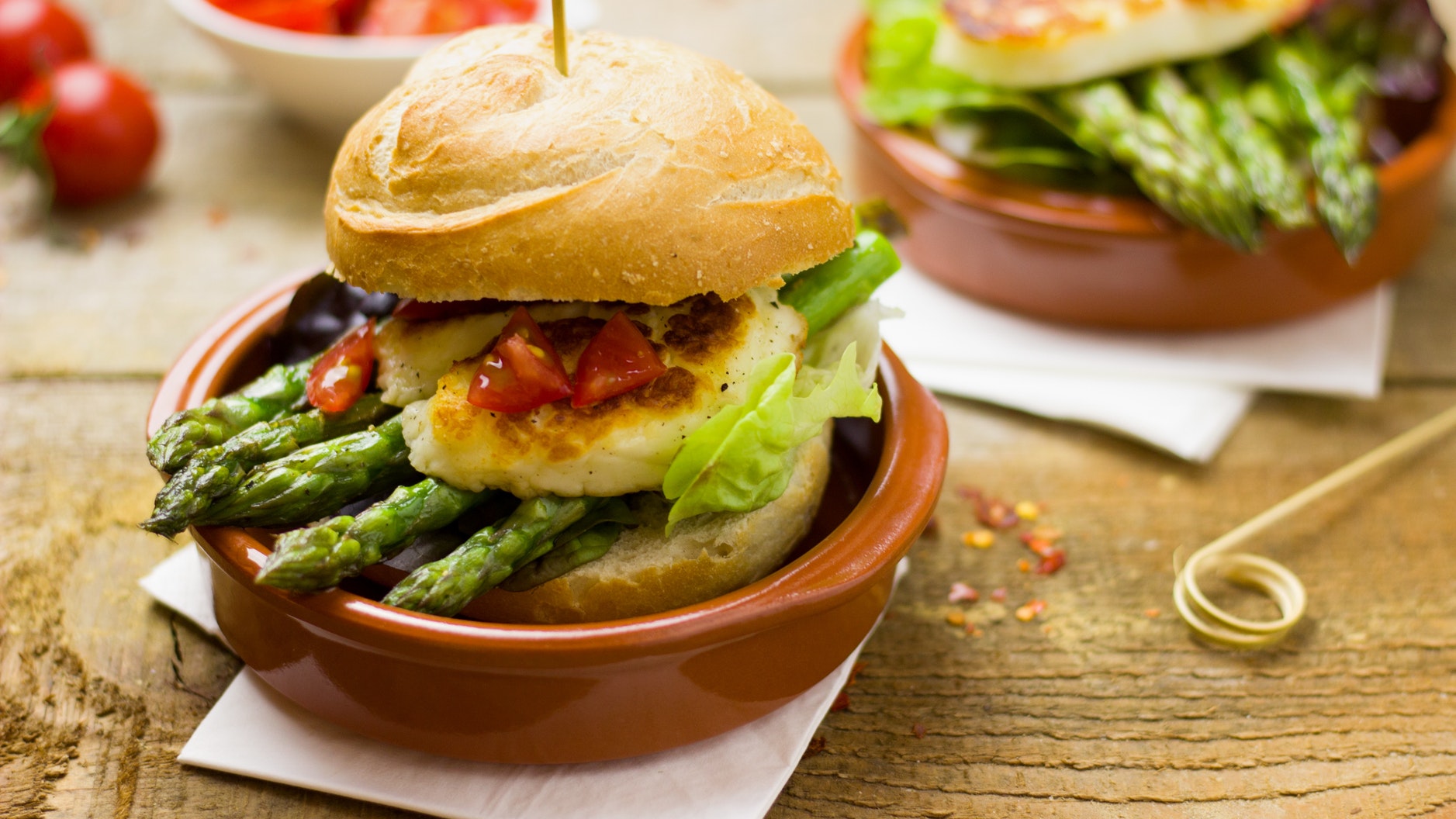Whether you need to lose 2 pounds or 200, this combination 21-day keto challenge and 21-day intermittent fasting is a safe and effective way to shed those unwanted pounds.
Why 21 days? It gives you adequate time to achieve your desired weight loss and, at the same time, is a tight enough deadline to keep you motivated. After the 21 days, you can either set another sustainable goal or simply switch to maintenance mode.
What you’ll need:
- A weighing scale
- A can-do attitude
Ready? Let’s get started!
Get Rid of Any and All Temptations
If it’s not in your kitchen – or anywhere in your house, for that matter – then you won’t be tempted to eat it. If binging on all the unhealthy foods before you start your diet will help you get through the first few days of your 21-day keto challenge, then go ahead and binge. Another option is to donate the food. Throwing it away should be the last option, as it is wasteful.
Make a list of all the foods that are allowed on a keto diet, and all the foods that are off-limits. This list will also serve as your guide when you go grocery shopping for your challenge.
If you live with other people, whether family, friends, or housemates, getting rid of all the tempting bad food may not be an option. The next best thing that you can do is get a food locker for all the “bad” foods so you won’t be able to get to them. Give them the keys, of course.
Skip Breakfast
Skipping breakfast is the classic 16:8 intermittent fasting strategy – you fast for 16 hours and eat within the next 8-hour period. Drinking water is okay during the 16-hour fast. This IF strategy is the most popular among intermittent fasters because it’s both doable and effective in promoting weight loss.
The great thing about IF is that you can schedule your fasting period so that the majority of the hours coincide with your sleep schedule; this greatly reduces the time when you might struggle with hunger or cravings.
The trick is to schedule your last meal or last drink to 2 or 3 hours before you sleep. So if you go to bed at 10, your last meal should be at 7; and your next meal or snack will be at 11 am the next day. So you will be eating all your snacks and meals, as well as drink beverages other than water, between 11 am and 7 pm every day.
It’s often said that breakfast is the most important meal of the day, and there are good reasons why this is so. But if you’re trying to lose weight, doing a 21-day intermittent fasting by skipping breakfast is the way to go because it re-conditions your metabolism and also rewires your brain.
Intermittent fasting is similar to the keto diet because it forces the body to switch to its fat stores for fuel when calories from carbohydrates are not immediately available from the food you eat. The first few days are going to be hard, but eventually, your brain and stomach will only expect to receive food during the 8-hour window – so it’s important to stick to a fixed IF schedule.
In case you’ll need to attend lunch or dinner with family or friends, take the lead and suggest times that agree with your IF schedule. More often than not, they’ll be more than okay with a late lunch or early dinner.
And if you can extend your fasting beyond the 16 hours, that’s even better. Just stick to the same hour for your last meal.
Stick to Meat and Veggies
This is the 21-day keto challenge part of the diet, and also the most important. If you are able to stick to this over the whole 21 days, then you will achieve your weight-loss goal for sure.
Going low-carb can be extra-challenging for some; it definitely takes a lot of willpower not to give in to your carb-laden cravings. Again, you just have to give your body time to adjust to your new diet of meat and veggies. Fuel-wise and nutrient-wise, meat and veggies will give you what you need.
And because this is a low-carb and not a zero-carb diet, you can use your carb allowance to make your meals more flavorful. So instead of indulging in one or two slices of bread or a bagel, use low-carb sauces, dressings, and dips with your meat and veggies to make them more indulgent and interesting.
You should also remember that some vegetables, root vegetables in particular, are high in starch. Remember to only consume non-starchy vegetables, such as cruciferous veggies and leafy greens.
Here are some satisfying delicious and filling low-carb recipes you can easily search online:
- Brown Butter Butternut Squash
- Keto Stuffed Chicken
- Keto Zucchini Burrito
- Zucchini Lasagna
- Honey-Garlic Cauliflower
- Asian Chicken Lettuce Wraps
- Cheesesteak Stuffed Peppers
Avoid pasta, rice, bread, potatoes, pastries, chips, and all sugary foods. The following are okay as snacks:
- Dark chocolate
- Almonds
- Macadamia nuts
- Pepperoni
- Beef jerky
- Pork rinds
The key to a ketogenic diet is healthy fats. This means choosing the fattier cuts of meats, instead of the leaner cuts; not skimping on healthy oils and butters. Healthy eating wisdom of old used to believe that grains were good and fats were bad. The ketogenic diet promotes just the opposite and numerous studies have established its health and weight-loss benefits. The keto diet is made of up 75% healthy fats, up to 20% protein, and only about 5% carbs.
You will have to completely restock your fridge and pantry to make them keto-friendly. Prepare a meal plan for the week and make a grocery shopping list to make sure that you’ll only buy keto-friendly ingredients.
Keep most of your meals simple; for days when you know you’ll have more time, you can prepare something fancier. Eating out is also an option, as long as you know where you can go for keto-friendly foods, and as long as you’re confident that you can resist all the tempting sights and smells of delicious but non-ketogenic foods.
Here are some keto-friendly ideas for when you feel like eating out while on your 21-day keto challenge:
- McDonald’s – lettuce-wrapped double burger patties; or 20-piece chicken nuggets
- Chipotle – burrito bowl on lettuce with extra chicken and guacamole, no rice and beans
- Chick Fil A – 20-piece chicken nuggets
- Terry Black’s – BBQ pork ribs
- P. Terry’s – lettuce wrapped double burger patties
- Grocery store salad bars – 1 lb fresh salad with olive oil and vinegar dressing
Avoid Liquid Calories
Unless you’re already big on drinking mostly water every day, this part may prove difficult for you. During the course of your 21-day keto challenge, you should only drink water, and even sparkling water. Tea and coffee are also okay, as long as they’re unsweetened, or you can use Stevia. You can also make keto coffee – with fat added – or buy instant keto coffee.
You definitely must avoid beverages that are loaded with sugar and carbs:
- Milk
- Sweetened smoothies
- Fruit juices
- Sodas, including diet sodas
- Energy drinks
If you absolutely must drink alcohol, a low-carb option is tequila with lime and sparkling water. However, if you get terribly hungover from this, light beer is another option, but it comes with a bit more carbs. Limit your alcohol intake in any way you can – only when invited on a social outing, and limit yourself to a maximum of 3 drinks. Don’t keep any alcoholic beverage at home.
Share Your Diet Plan With Your Inner Circle
This is important if you do not live alone and/or regularly and frequently socialize with family and friends.
Socializing almost always involves food and drinks, so letting your inner circle know about your 21-day keto challenge and asking for their support will ensure that they will not unintentionally derail your diet with offers of foods that are off-limits.
You can inform them via chat, text message, email, or in person. Let them know your window hours for eating and what you can and cannot eat. This will also make it easier for you to schedule lunch or dinner out according to your IF schedule; and they’ll be more understanding and they may even help you with your efforts to limit alcohol intake.
Keep Track of Your Progress
More than just the numbers on your scale, having a visual reminder of how you look at the beginning of the 21-day keto challenge should give you enough motivation to make the first, crucial, and often the hardest steps.
Take a photo of yourself; make sure your face, arms, stomach, and legs are showing. Weigh yourself and write it down on the photo with a marker. Stick the photo on your bathroom mirror, bedroom mirror/closet, or your fridge, or on all of them.
Keep a food diary. You don’t have to log every single food you eat, but you should take note of which parts of the diet you’re struggling with and which ones are easy for you. Write down how you feel, even in relation to certain foods. This will help you get a closer look at your relationship with food and how your food choices and eating habits factor into your daily life.
You don’t have to weigh yourself every day; this can actually be a frustrating practice because weight loss doesn’t typically happen on a daily basis. The best time to weigh yourself again is on Day 14; but Day 7 is also okay, just remember not to get disheartened if the numbers do not reflect much progress. You will not really see a big difference until after about 2 weeks of committed IF and keto-friendly eating.
Your final weigh-in will be on Day 21; you should take another photo of yourself, too, and use it alongside the first photo to assess your progress. And then do an introspective self-evaluation. Write down your answers to the following questions in your food journal:
- How much weight did you lose?
- Is there a noticeable difference between your before and after photos?
- Do you feel anything different, physically? How?
- What is your current emotional and mental state, now that you have completed the challenge?
- Do you feel that you can do another 21 days of the same challenge?
- Do you feel that you can commit to long-term IF and a ketogenic diet until you reach your ideal weight?
- What have you learned about yourself over the course of the challenge?
- What healthy habits from this challenge can you sustain long-term to maintain a healthy weight and for your overall well-being?
21-Day Keto Challenge – Final Thoughts
The combined intermittent fasting and ketogenic diet is designed to help you achieve sufficient weight loss in 21 days to give you the motivation you need to keep going until you reach your ideal weight.
There are extreme elements in this challenge that will be difficult for you to maintain over the course of three weeks – and it’s okay if you slip up once in a while. You can feel frustrated, but keep going.
There are days when your cravings will overwhelm you, and you can give in to them and have a “limited cheat day.” This means keeping the cheating to a minimum – just enough to satisfy your craving and improve your mood. The trick here is to literally just have the minimum amount of your guilty pleasure on hand. And then get back on your 21-day keto wagon.
Your diet journal will help put things in better perspective. Put the perfect 20/20 hindsight to good use as you review your entries. Especially if you decide to keep going until you reach your weight-loss goal, having a clear understanding of the habits that came easy for you and those that didn’t will aid you in making the necessary adjustments for a long-term weight-loss plan. Likewise, knowing which elements were easy for you to adopt will keep you motivated beyond the achievement of your goal.



